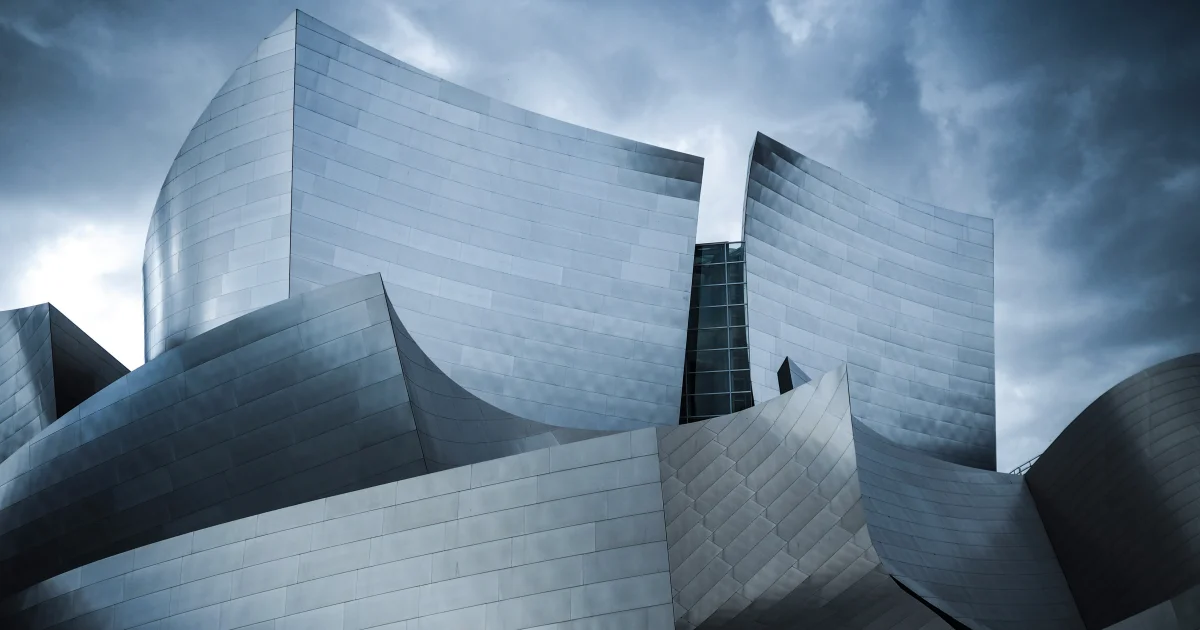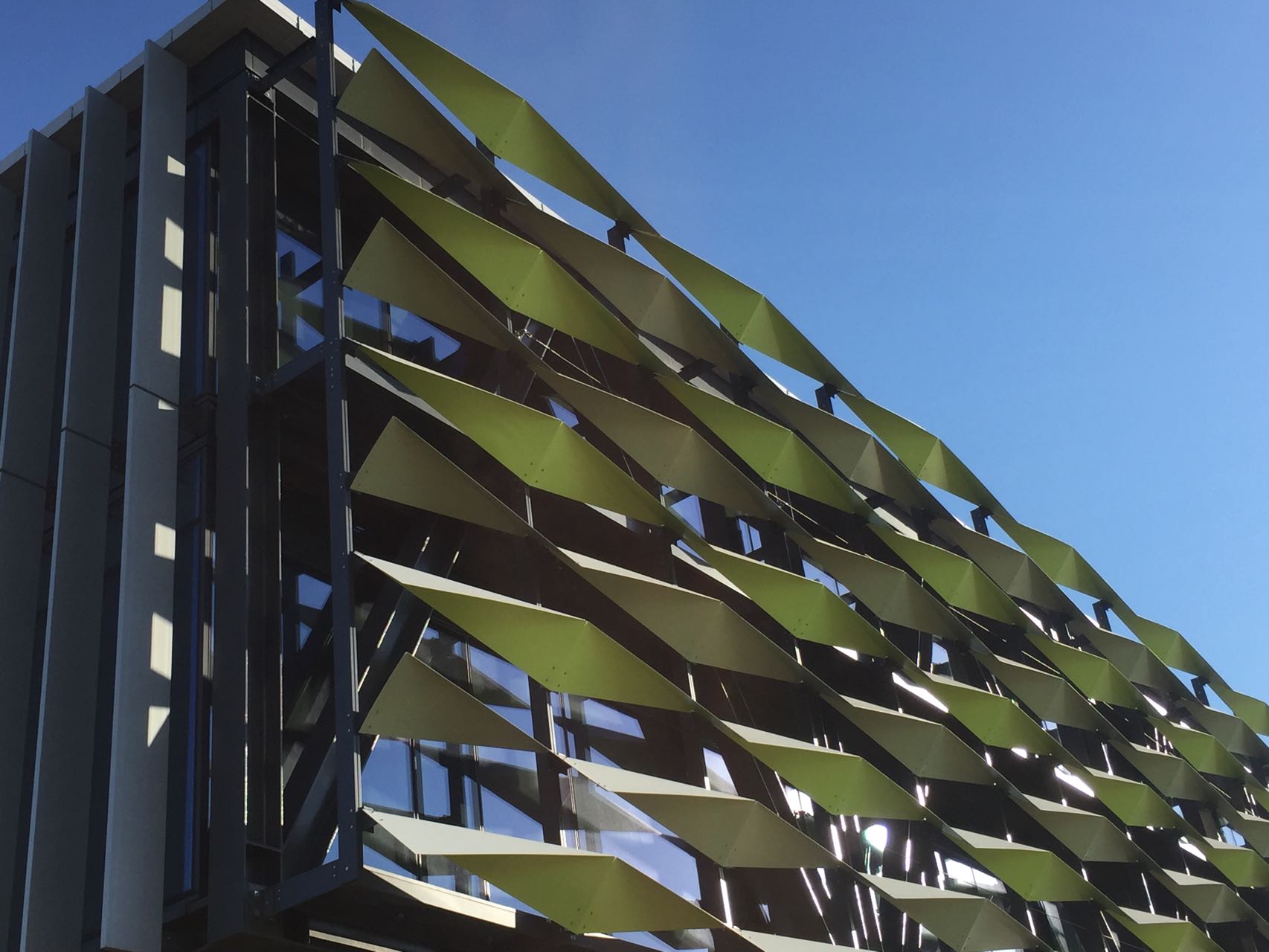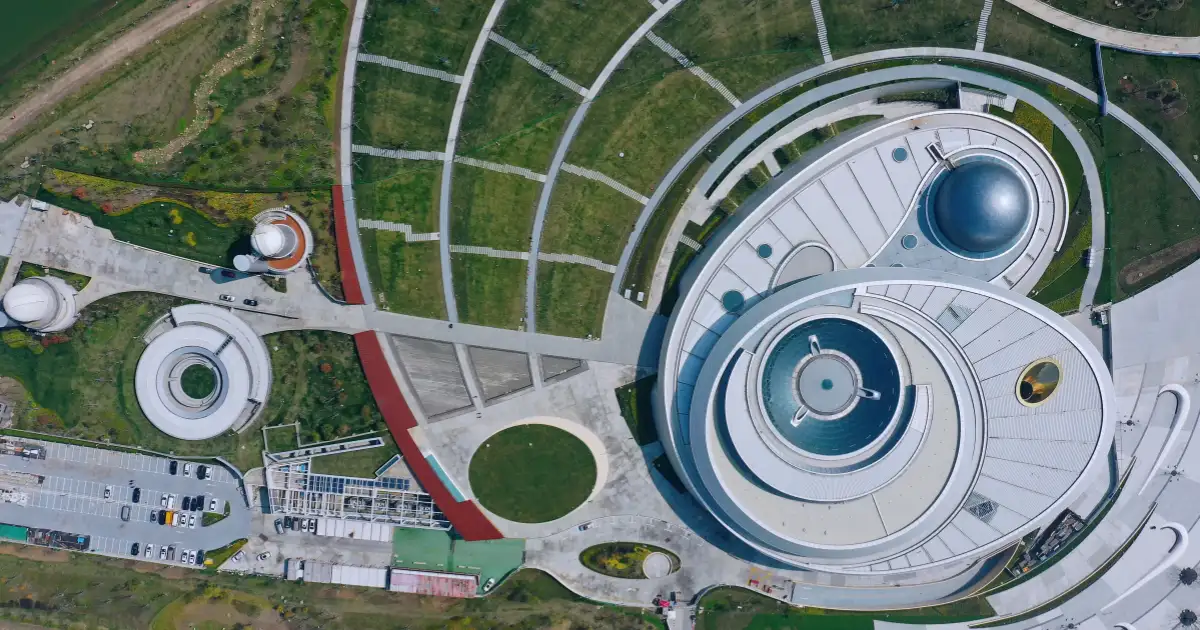Aluminum facades are important players in facade systems. As you stroll through the city, you see buildings with shiny metallic facades. The aluminum facade gives these high-rise buildings a modern and futuristic look. But it’s not just about beauty, it’s also about functionality and sustainability. So, if you are an architecture enthusiast and want to know more about this type of facade, let’s delve into the world of aluminum facade and explore why they are so important in facade systems.

What is aluminium facade?
Aluminum facades are made of high-quality, high-strength aluminum panels, which are metal panels used to enclose the exterior walls of buildings. This facade system is popular in a variety of construction projects, including commercial and residential buildings.
Benefits of using an aluminum facade
So why this material for facades is the choice for so many building projects, you can find the answer in its many benefits.
Easy to install
Aluminum facades are easier to install than other metal materials. This is because aluminum can be installed directly in the workshop, and then later on site it can be fixed directly to the building.
Design flexibility
The appearance, shape, and size of the aluminum can be customized according to the design. This adaptability means that aluminum facades fit seamlessly into both modern and traditional architectural styles, making it an excellent material for architectural designers. In particular, aluminum is also available in different finishes, such as woodgrain. This gives the appearance of wood and the quality properties of aluminum.
Corrosion resistant
Aluminum naturally forms a protective oxide layer that prevents corrosion. This makes it ideal for buildings in varying weather conditions. In regular weather conditions, aluminum can last up to half a century. And in areas with harsh weather, it can provide 20 years of use. This is why aluminum facade are particularly suitable for use in coastal cities.
Minimal maintenance
Aluminum is high quality due to its multi-faceted properties, which makes it durable and requires minimal maintenance. It only needs to be cleaned regularly to keep it looking good. In the long run, this means less hassle and lower costs for building owners.
Thermal insulation
The aluminum facade can be designed to be insulated to improve the thermal performance of the building. This means that the temperature inside the building can be better regulated, reducing the need for excessive heating or cooling. At the same time, this reduces the operating costs of the building as well as reducing energy consumption.
Structural integrity
Aluminum is one-third lighter than steel for the same volume. Despite its lightweight, aluminum is extremely strong and enhances the structural integrity of a building. This strength makes aluminum facades suitable for buildings in earthquake-prone areas or extreme weather conditions.
Building projects with aluminum facade
We will present you with a selection of projects that use aluminum facades to understand more about their use in construction.
Zespri office building
This project is Zespri’s newest headquarters building in New Zealand. Visitors to this new building will notice a range of features such as smart facades that help reduce the need for temperature control, energy-efficient induction lighting and rooftop solar panels, rainwater harvesting technology, and water-saving fittings. The Swage series of rectangular bar grating of material was used for maintenance access on the facade, and its ventilation and air permeability have helped to improve the indoor temperature environment.

Shanghai Planetarium
The building looks like a planet moving through the universe. Its exterior is made of aluminum panels with an anodized finish. This allows for different views at different times of the day, depending on the angle of the sunlight.

Conclusion
What can be said is that an aluminum facade is not just an option in a facade system, it is a durable and sustainable facade. From their design flexibility and durability to their premium performance, aluminum facades play a vital role in facade systems. They represent the perfect blend of form and function, offering a solution that meets the requirements of contemporary design and sustainability.
If you would like more information about aluminum facade materials or project examples, please feel free to contact us by email.
FAQ
What material is used for the facade?
The materials used for the facade can be traditional paint, brick, or stone. Currently, the materials used for high-rise building facades in the city are aluminum and glass.
What is the best metal for a facade?
Aluminum is one-third the weight of steel but has far superior corrosion resistance and slip resistance. Combined with a longer service life and recyclability, aluminum would be the most suitable metal for facades.


